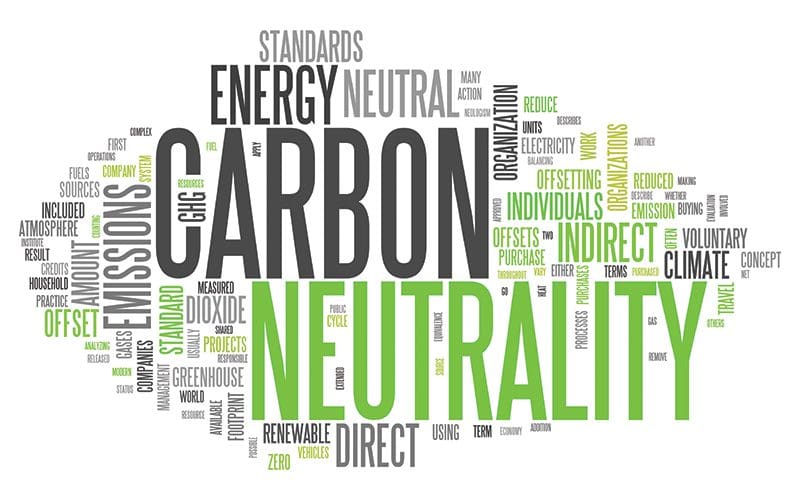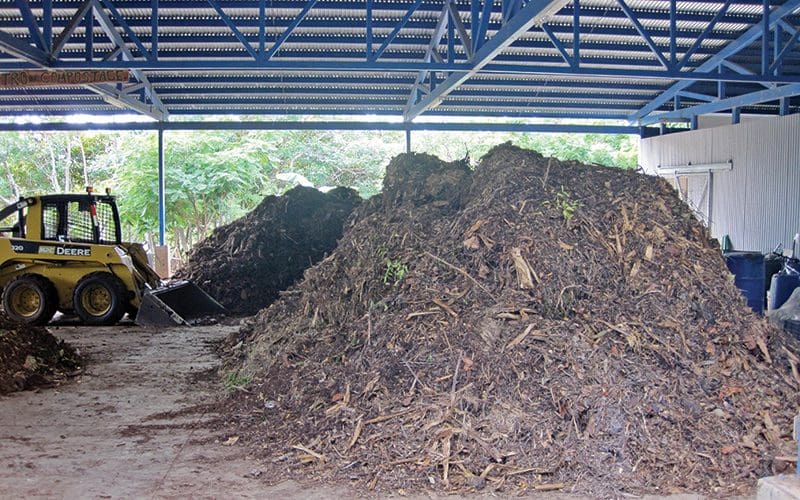
What is Carbon Neutrality
What is Carbon Neutrality: The basic idea behind carbon neutrality is that individuals or organizations implement systems to offset their carbon dioxide and greenhouse gas emissions.
“Reducing our emissions is both a corporate responsibility and a way to mitigate long-term risk,” says UN Environment climate change expert Niklas Hagelberg. There are many ways to do this, and any business can put simple practices into place to be carbon neutral or positive.
Offsetting
One way to achieve carbon neutrality is to offset emissions by nurturing and protecting existing forest areas, or through reforestation and new plantings. For a business, it can simply mean ensuring trees are preserved or replanted on building sites or replaced elsewhere. Another way to offset carbon usage is through purchasing carbon credits.
Reduction
Reduction of products and services that emit carbon gases is one of the easiest ways a business can become carbon neutral. This type of practice takes time to adopt, starting with an evaluation of current operations. Potentially, there is a need to invest in changing or updating infrastructure. Specific reduction practices include purchasing renewable energy, installing solar panels, limiting energy through usage, recycling, reducing purchases and waste management.

Reserva Conchal is a leader in promoting Costa Rica Carbon Neutrality. They are inspiring a better way of living. Reserva Conchal composting facility in Guanacaste.
